A Good Start For Your Smile
The American Association of Orthodontists and Dr. Barysenka recommend that all children see an orthodontist by age seven.
While that may seem young, this is the best time for Sycamore Orthodontics to detect any major problems to help your child have a healthy smile.
See an Orthodontist by Age 7
The American Association of Orthodontists and Dr. Barysenka recommend that all children see an orthodontist by age seven. At this age, it’s all about function and not about esthetics.
While that sounds like a young age, it’s extremely important to detect any major problems early on so you can avoid complicated treatment later.
Most often, Dr. B. uses the extra time as an observational period to ensure your child receives orthodontic treatment at the exact right time. If needed, early treatment does not prevent further orthodontic treatment in the future, but it may help prevent surgeries and other major complications.
Don’t worry — it’s not scary at all for kids. Our staff will help your child feel comfortable and at ease.

Early Orthodontic Treatment/Phase 1
What Is Early Treatment?
Early treatment may prevent or intercept more serious problems from developing and may make treatment at a later age shorter and less complicated.
In some cases, Dr. Barysenka will be able to achieve results that may not be possible once the face and jaws have finished growing.
Choosing the Best Time for Treatment
While the age that kids get braces may vary, orthodontic treatment most often begins between the ages of 9 and 14, and some orthodontic problems are easier to correct if they are treated early.
If it appears that treatment will be needed, Dr. Barysenka can advise you as to the ideal time to begin.
Conditions That Require Treatment
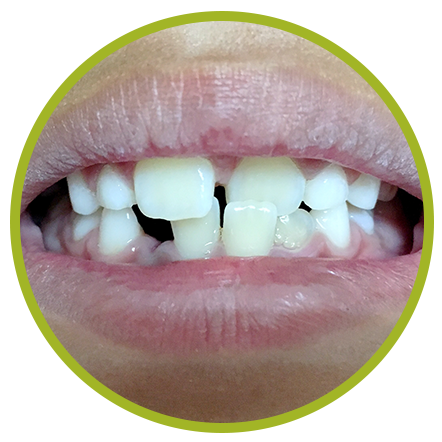
Anterior (front teeth) or Posterior (back teeth) crossbite
A crossbite is considered a malocclusion where the top and bottom teeth do not fit together in the correct position. It can cause jaw growth problems and asymmetry in growing children. It can possibly lead to breathing and bite problems and even poor periodontal health as adults later on. Crossbites can also cause teeth to fracture, especially in patients who are very active in contact sports.
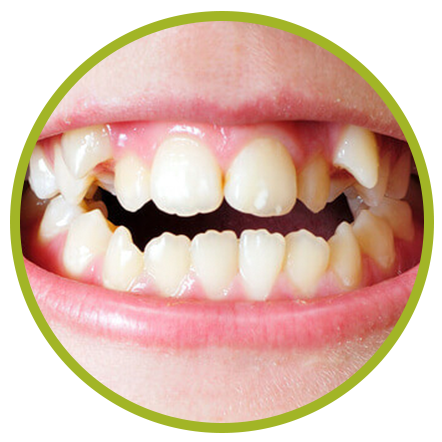
Open Bite
An open bite occurs when there is a vertical gap between the upper and lower teeth when a person is completely biting down. This makes it extremely difficult to bite through certain foods, which makes chewing more difficult. It can also contribute to speech problems. An open bite can often be caused by thumb sucking, which is why it is important to catch it early.
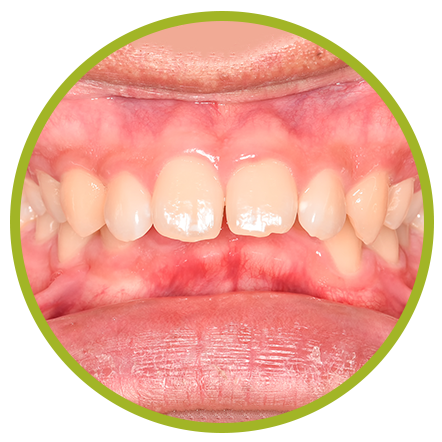
Deep Bite
A deep bite is when the upper front teeth almost completely overlap the lower front teeth. It can be the most damaging of the different types of bite problems because it can cause abnormal tooth wear and trauma, which may ultimately result in the need for more dental work.
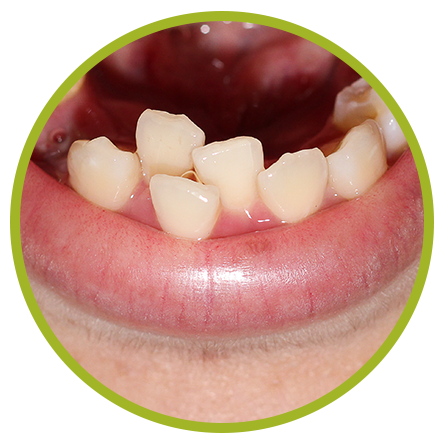
Crowding
Crowding of teeth can occur when there are tooth or jaw size discrepancies, early loss of primary teeth, tooth decay, and other various reasons. It can lead to problems when permanent teeth come in and it can also create issues with appearance. Additionally, crowded teeth are difficult to keep clean and may lead to gum and bone disease later on as adults.
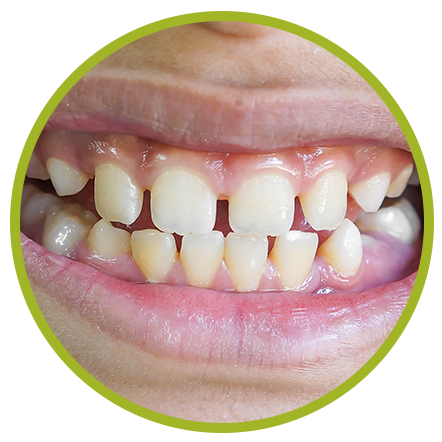
Spacing
In most cases, spaces between baby teeth is normal — erupting permanent teeth will be larger in size and will take more room, so extra space is essential. But too much “extra space” can also be an indication of a tongue thrusting habit that should be addressed right away. Other reasons for spacing include frenum attachments or tooth/jaw size discrepancies.
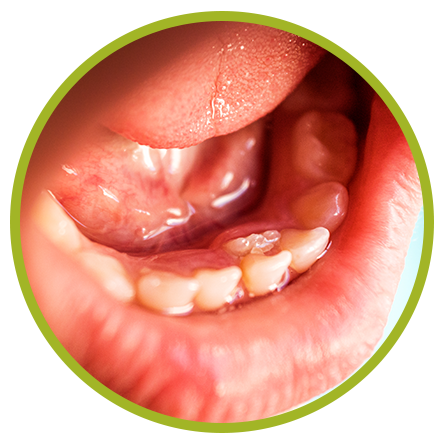
Ectopic Eruption & Failure for Permanent Tooth Eruption
Ectopic eruption is when a permanent tooth grows in the wrong spot, which can cause early loss of baby teeth, infection, and crowding issues.
Sometimes permanent teeth also don’t grow normally, and there are many causes for this. This includes baby teeth that have fused together, lack of jaw space, or certain medical issues. Regardless of the cause, this is an issue that requires addressing right away.
Other Reasons for Early Treatment
- Oral habits such as thumb/finger sucking
- Severe protrusion of upper or lower incisors with increased risk of trauma when teeth are not fully covered by the lip at rest
- Severe skeletal discrepancies when the lower jaw is far ahead of the upper jaw and lower anterior teeth are in front of the upper teeth
- Diagnosed breathing issues and snoring that, in some cases, can be improved by upper arch expansion
Treatment Options
- Expanders
- Headgear to help guide skeletal growth if needed
- Removable retainers
- Space maintainers
- Supervised extraction of baby teeth to allow more room for permanent teeth
- Short-term limited braces on select teeth
- Invisalign First, a clear removable orthodontic appliance that help substitute some of the other treatment options if esthetics is the priority
Get a Head Start at Sycamore Orthodontics & Pediatric Dentistry
At Sycamore Orthodontics & Pediatric Dentistry, we take time to get to know you and your family. We understand kids have busy lives, so we want to make sure they receive the necessary treatment — no more and no less.
Contact our office to schedule your child’s first orthodontic consultation.